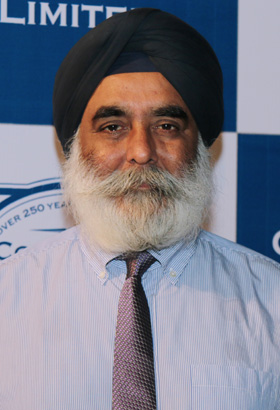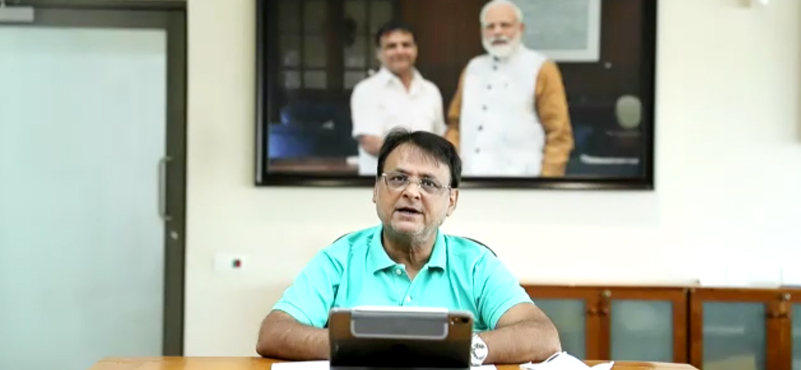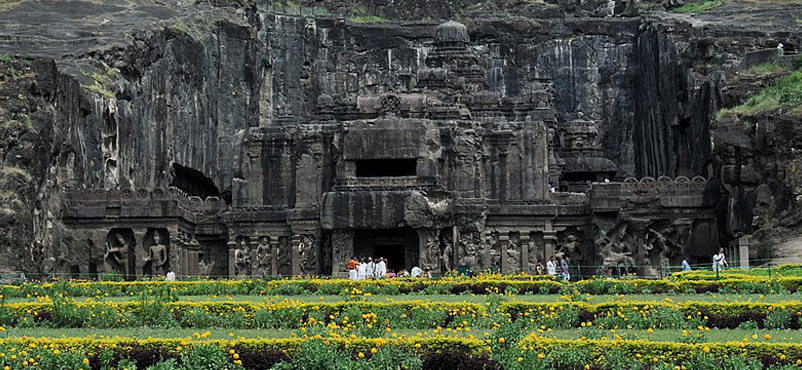Cox & Kings has rolled out a culinary-based offering named ‘Tour to Feast’. It seeks to incorporate authentic culinary experiences, providing a fresh take on the destination. The newly rolled out offering indicates the changing expectations of the new-age traveller who intends to soak in a destination, instead of scurrying along, ticking the checkboxes. Karan Anand, Head-Relationships and Supplier Management, Cox & Kings believes that the trend will only intensify in times to come, bringing new opportunities in hitherto untapped segments such as rural tourism, spiritual tourism and others. An exclusive interview on trends, opportunities and much more:

Head-Relationships and Supplier Management, Cox & Kings
What is the target market for the recently rolled out ‘Tour to Feast’? How much of it is international?
‘Tour to Feast’ intends to target both domestic as well as the inbound market. Thematic tours are on the rise, among them culinary tourism is set to expand. A growing number of international tourists and Indians are looking to a take on food journeys that are beyond just tasting sessions. They demand immersive and unique tours that can help them delve in the local culture unravelling its history. Considering the diverse interest in culinary tourism, Tour to Feast offers distinctive itineraries.
For those who wish to savour a region’s culture through its cuisine, discover the enticing history about the local food or simply go on a retreat tour to grow, relax and eat healthy, Tour to Feast has crafted characteristic and enriching experiences. For instance, Goa is synonymous with its sunny beaches, however, to move away from the sea and drive to its hinterlands that features an abundance of emerald fields, spices and fruit plantations is a tour to be admired.
Apart from cuisines, which are some other untapped niche segments in India that you see has the potential for tourism?
The diverse living, traditional occupations, rich culture, and varied languages spanned across the country lend itself to be potential niche segments. One such enriching sector is rural India. Largely untapped, rural India holds immense potential for tourism in the country. Its vibrant culture, erstwhile sustainable models, minimalist life, serene landscapes and traditional farming are all facets of India that is yet to be presented. Dining at vintage homes, experimenting with basket making and rice farming are all exciting activities that can make up the rural itineraries.
Avitourism is another sector that can be tapped. Indian forests, grasslands, mountains, deserts, and water bodies are home to thousands of migratory, endemic, and resident birds. While this segment is growing in foreign countries, India too can jump the gun. Spiritual tourism and Pilgrimage tourism are two other unique tourism sectors that are yet to be explored to its fullest potential.
What are some takeaways from 2018 in the domestic segment? Where are they travelling in the country?
Domestic sector is a major contributor to the economy in the tourism sector. With more than 85% of the share coming from domestic tourism in 2016-17, the sector continued to perform well in 2018. The rising disposable income and holidaying becoming economical, there are more domestic tourists than ever in India. However, one of the key takeaways would be the segmentation. There are certain sections of tourism that did quite well; they can be worked upon to reap further benefits.
Medical tourism witnessed a growth of about 15% in 2017. Similarly, adventure tourism continues to be resilient. MICE and wedding tourism are two more sectors that did well, however marginally. We need to promote such segments, given that travellers are not looking for everything in one bucket but experience one at a time. Concerted efforts to popularize domestic tourism segments should be the key takeaway.
A rather new trend of weekend holidays caught attention. Domestic tourism was fuelled by weekend getaways.
The year 2018 also witnessed the discovery of new places, including, Parule and Bhogwe in Maharashtra; Damro in Arunachal Pradesh and Urakam in Kerala. Among the conventional destinations, Kashmir, Rajasthan, Andaman, Kerala, Tamil Nadu, Sikkim and Gujarat topped the list for domestic travellers.
Cox & Kings has a ‘Bharat Dekho’ segment as an offering, with a specific focus on the Eastern side of India. How has that fared in 2018? Is the Northeast happening for India?
‘Bharat Dekho’ has taken several steps to promote the North East circuit. It has introduced experiential tours to these destinations. In 2018, Cox & Kings’ domestic tourism wing sent more tourists as compared to the previous years. Darjeeling, Gangtok, Pelling, Shillong, Kaziranga, Cherrapunjee, Guwahati and Kalimpong are all destinations from the east that soared in 2018. Northeast is picking up as a honeymoon destination besides a haven for backpackers. The millennials have given their thumbs up to these serene eastern destinations. In addition, NE states are being explored for road trips that are further popularizing destinations.
Tourism to Northeast India is growing, thanks to a slew of measures that have seen the light of the day. The Indian Government relaxed permit norms for foreigners except for few countries. The step will encourage more foreigners to visit the northeast. Likewise, the easy availability of permits (Inner Line Permits) for Indians has also made travel to the Northeast simpler. To upgrade the infrastructure of the Northeast, central initiatives like UDAN scheme (Ude Desh Ka Aam Nagrik) is set to connect several key locations with metro cities in the rest of the country at lower airfares, thus, facilitating the burgeoning middle class with rising purchasing power to add to domestic tourism. In addition, Sikkim’s first Greenfield airport at Paykong is ready to shoot up the arrivals to the region. With a robust infrastructure, NE states that are nothing less than paradise are poised to attract more travellers from India and elsewhere.




































